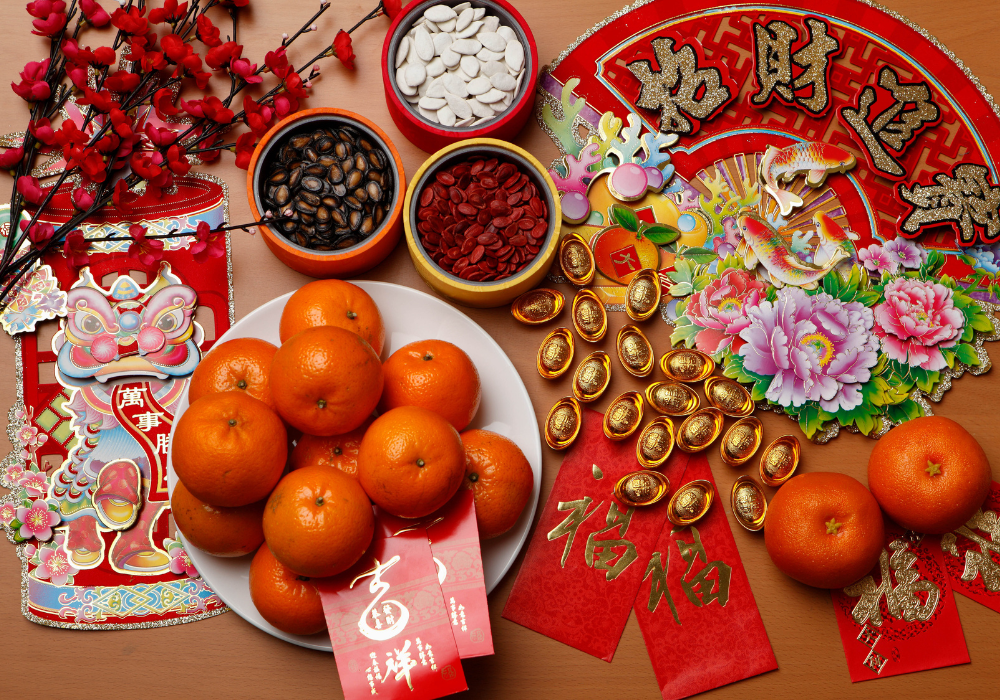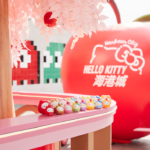Preparing for Chinese New Year: A Guide to Embracing Tradition with Modern Flair
Chinese New Year, also known as Spring Festival, is not just a holiday but a deep-rooted cultural phenomenon rich in traditions and customs. As we prepare to welcome the Lunar New Year, let’s explore 10 of the most significant and enduring traditions that have been passed down through generations, shaping the way this auspicious festival is celebrated.
1. Cleaning and Decorating the Home
As the Lunar New Year approaches, families undertake a thorough cleaning of their homes, symbolizing the sweeping away of bad luck to make room for incoming good fortune. Homes are then adorned with decorations, predominantly in red and gold, such as lanterns, couplets, and paper cuttings, to invite prosperity and happiness.
2. Preparing and Enjoying a Reunion Dinner
The eve of Chinese New Year is marked by a reunion dinner, known as “Nian Ye Fan,” where families gather for a sumptuous meal. This feast is replete with symbolic dishes like fish (abundance), dumplings (wealth), and noodles (longevity), reflecting hopes for the new year.
3. Exchanging Red Envelopes
Red envelopes, or “hongbao,” filled with money, are traditionally given by elders to children and unmarried members of the family. This practice is not just about gifting money; it’s a way to pass on blessings and good luck.
4. Wearing New Clothes
Wearing new clothes, especially in red or other bright colors, is a common practice during Chinese New Year. This symbolizes a fresh start and the shedding of the old year’s aura, embracing new energy and optimism.
5. Paying Respect to Ancestors
Honoring ancestors is a significant aspect of the festival. Many families visit gravesites or set up altars in their homes, offering food, incense, and prayers to pay respect and invite ancestral blessings.
6. Setting Off Fireworks and Firecrackers
Fireworks and firecrackers are a hallmark of Chinese New Year celebrations. Traditionally used to scare away evil spirits, today, they add a sense of excitement and festivity to the air, lighting up the sky in a spectacle of color and sound.
7. Observing the Lantern Festival
The fifteenth day of the Lunar New Year marks the Lantern Festival, concluding the Spring Festival celebrations. Streets are lined with beautiful lanterns, and families enjoy sweet rice balls (‘tangyuan’), symbolizing unity and completeness.
8. Dragon and Lion Dances
The dragon and lion dances are vibrant performances integral to the New Year festivities. These dances are believed to bring good luck and drive away negative energies. The dragon, a symbol of strength and wisdom, and the lion, a symbol of courage, are revered in Chinese culture.
9. Giving and Receiving Mandarin Oranges
Exchanging mandarin oranges, which symbolize wealth and good fortune due to their golden color, is a common practice during Chinese New Year. The act of giving and receiving these fruits represents sharing prosperity and well-wishes.
10. Practicing Calligraphy and Poetry
Chinese calligraphy and poetry are traditional arts that gain special attention during the New Year. Families often create or buy calligraphic banners with auspicious phrases and poems to decorate their homes, celebrating the beauty of Chinese characters and literary heritage.
Embracing the Festive Spirit
These traditions, rich in symbolism and history, are not just rituals; they are the threads that weave the rich tapestry of Chinese culture. As we celebrate the Lunar New Year, embracing these traditions helps us connect with our roots, share joy with our loved ones, and look forward to a year filled with hope, prosperity, and happiness. Happy Chinese New Year, or as it’s said in Mandarin, “Xin Nian Kuai Le!” 🏮🎉🐉



